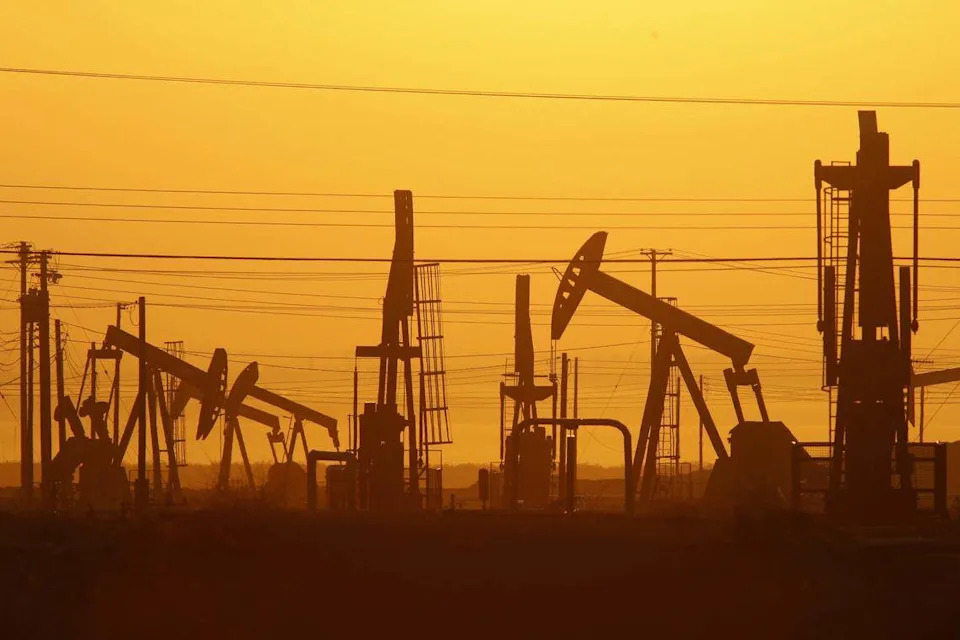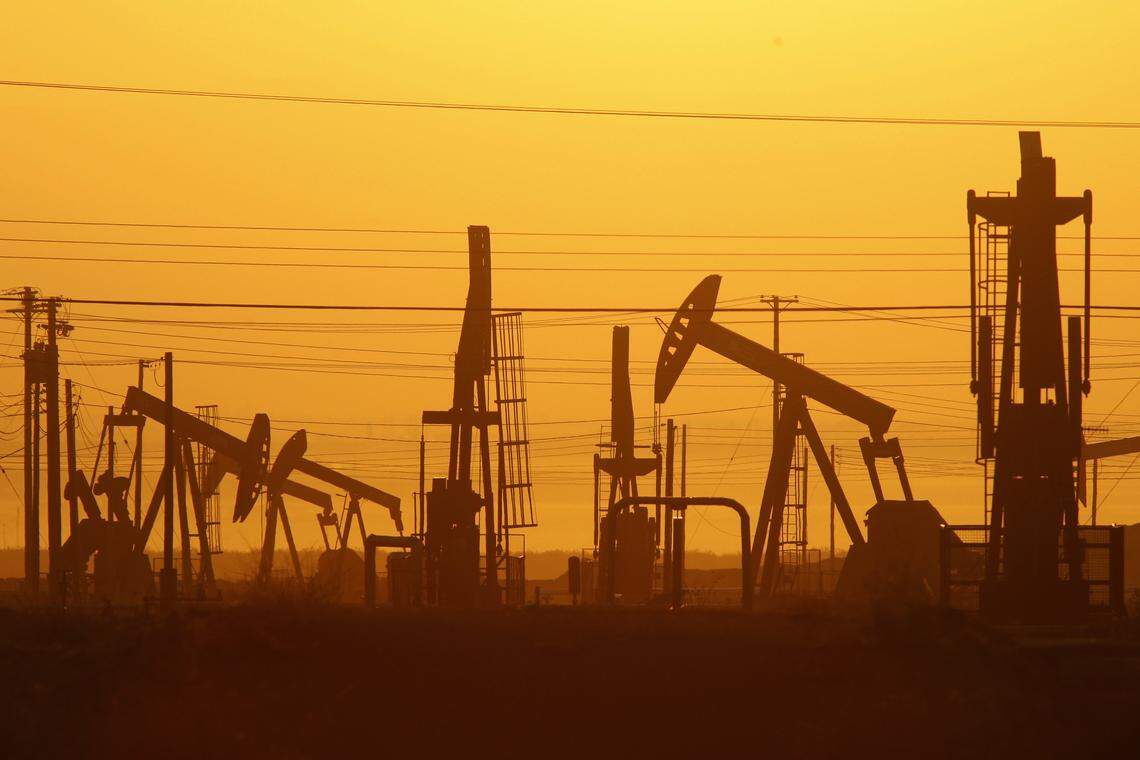California Resources Corp. on Thursday held a groundbreaking ceremony in Kern County for what’s set to be the state’s first commercial carbon capture and storage project at the Elk Hills oil field near Bakersfield, even as a coalition of environmental and community groups continues to press a CEQA lawsuit against Kern County over its approval.
Michelle Ghafar, a senior lawyer at Earthjustice, said the county violated California Environmental Quality Act by failing to properly define the project’s scope, and by analyzing only a narrow portion of it rather than the full system that includes the CO2 sources and broader environmental impacts.
“When you look at the (Environmental Impact Report) under CEQA, all you’re seeing is that there will be some capture equipment, there will be some pipelines, and there will be wells that will inject that carbon underground,” Ghafar said.
“You have no sense of the impacts of anything having to do with where the carbon actually will come from. Where is it coming from? What kind of facilities is that carbon coming from? How far are those facilities? How will it be transported from those other facilities to TerraVault?”
Asserting the potential for CO2 leakage, especially through thousands of aging wells that riddle the Elk Hills oil field, Ghafar warned that those old wells are among the most common pathways for carbon to escape from underground storage reservoirs — a risk she said the county largely dismissed by deferring responsibility to other agencies.

An oil field operates near Bakersfield in 2014. California Resources Corp. broke ground Thursday, Oct. 17, 2025, on what is set to be the state’s first commercial carbon capture and storage project at the nearby Elk Hills oil field, even as environmental groups challenge Kern County’s approval in court.
Innovation vs. impact
Permitted by the U.S. Environmental Protection Agency in December with construction already underway, Carbon TerraVault I is designed to capture and store up to 1.6 million metric tons of CO2 annually, which would be equivalent to removing nearly 400,000 cars from California’s roads each year, according to company. The captured CO2 would then be “safely and permanently stored under continuous monitoring,” said Chris Gould, managing director of the TerraVault project known as CTV.
“Simply put, it will not be possible to eliminate all emissions across our economy, so achieving carbon neutrality will rely on carbon sequestration,” he said during a news conference on Thursday, adding CTV was “fulfilling the state’s ambitious climate goal.”
Gould also noted the site’s strong cap rock makes it ideal for safely storing carbon, adding that the capture facility sits less than a mile from the injection wells to keep the project efficient and limit surface impacts.
“CTV I will include a comprehensive environmental monitoring program with both shallow and deep monitoring wells. … CRC’s program will also track air quality, vegetation health and seismic activity, with semiannual reports submitted to the EPA,” the company said in an email.
But when asked about the environmental groups’ concerns that only about 10% of the CO2 stored at Carbon TerraVault I would come from existing operations, potentially opening the door for new high-emitting facilities to supply the rest, Gould did not address the issue directly. Instead, he said that the project fulfills part of broader carbon management goals set by the California Air Resources Board, and pointed to Gov. Gavin Newsom’s endorsement of carbon capture and storage as part of the state’s path to carbon neutrality.
In a July 2022 letter to CARB, Newsom wrote that “there is no path to carbon neutrality without carbon capture and sequestration,” calling on state agencies to “facilitate safe and equitable engineered carbon removal and capture solutions.”
The project’s construction is expected to be completed by the end of 2025, with the first carbon injection planned for early next year, according to the company.
Opponents doubt emissions cuts
The project is “green lighting” additional greenhouse gas emissions by making room for more polluting facilities, Ghafar said, encouraging new industrial plants to operate longer or expand under the promise of storing their carbon at TerraVault I.
“This project is being framed as an effort to reduce greenhouse gas emissions … the whole purpose of CCS (carbon capture and storage) is ‘we are trying to capture carbon that would otherwise go into the atmosphere and contribute to climate change’,” Ghafar said.
“So if you are not actually reducing greenhouse gas emissions, then the entire enterprise is suspect.”
With Kern County and the company expected to file their response briefs by the end of 2025, Ghafar said the hearing is scheduled for April, followed by a court decision a few months later.

